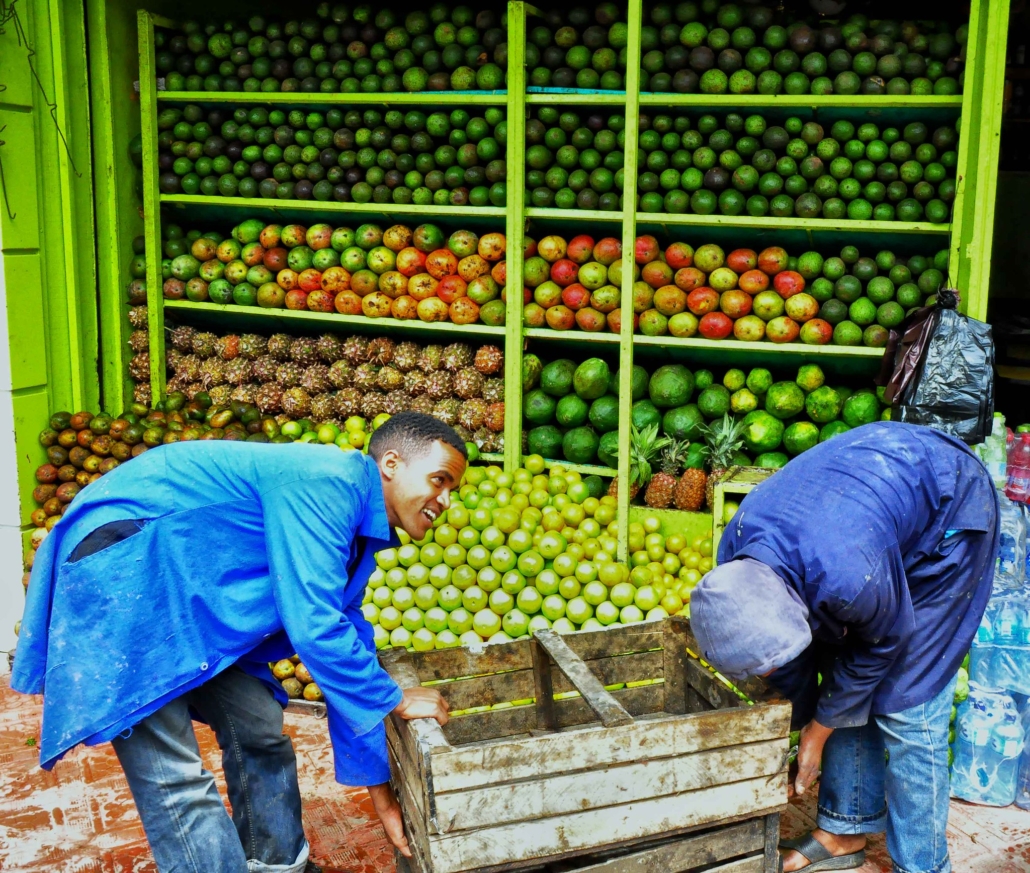5 Ways Foreign Policy Has Helped Tackle the Famine in Ethiopia

Ethiopia is currently experiencing its sixth consecutively failed rainy season, prolonging a drought that is already affecting more than 30 million people. In 2023, Ethiopia still ranks number two on the world watch list, with 2023 global warming worsening the need for humanitarian aid. However, while Ethiopia is facing numerous challenges with famine, the world rallies together to try and relieve some of the suffering they are currently experiencing. With foreign aid in Ethiopia, significant progress has occurred in addressing this crisis. Here are five ways in which foreign policy and aid have played a crucial role in combating famine in Ethiopia.
1. Food Assistance
Foreign aid is instrumental in providing essential food assistance to those whom famine in Ethiopia has affected. Through partnerships with international organizations and donor countries, vulnerable communities have received food supplies, helping to alleviate hunger and malnutrition. A main example of this in regard to the Ethiopian famine includes the UN World Food Program (WFP). This program currently serves as a primary form of relief and food assistance for famine sufferers in Ethiopia, with new and enhanced controls being introduced to provide food security in more complex areas, such as Tigray, a zone that war has damaged. These measures have emerged to prevent food from falling into the wrong hands and being stolen from those who need it most and include tracking and digital registration of recipients and locations to ensure those in need of food security receive it.
2. Agricultural Development
Agriculture is at the heart of Ethiopia’s economy, with 80% of its population residing in rural areas, where agriculture is their main source of income. With six consecutively failed harvest seasons, Ethiopia has been unable to feed its population that depends on the land to grow and sell its food. That is why a large focus of foreign aid in Ethiopia is directed at stimulating agricultural development by fertilizing land, teaching new skills and how to farm in differing conditions and investing in agricultural measures and equipment. This empowers local farmers to improve their practices, learn new ways of farming, enhance food production capabilities and create sustainable solutions to combat famine. While investing aid into agricultural development may not provide immediate relief, it has been proven to have long-lasting effects, providing Ethiopia with a more stable food security journey for the years to come.
3. Health Care Support
Foreign aid also contributes to improving health care services in famine-affected areas. The United States is the main provider of humanitarian assistance in Ethiopia, providing the country with $331 million in foreign aid. This investment equips Ethiopia with life-saving support such as sanitation, hygiene, shelter and safe drinking water. By investing in medical infrastructure, training health care professionals and providing essential medical supplies, foreign policy initiatives have helped to address health challenges and reduce the impact of diseases, improving the overall well-being of the population.
4. Education Promotion
Foreign aid also extends to investments in education for Ethiopia, a crucial factor in breaking the cycle of poverty and famine. Foreign aid in terms of education paves the way for the building of schools, providing of educational resources, teacher training programs and equal quality educational access for all children in Ethiopia. This empowers individuals with the knowledge and skills needed to break the cycle of poverty and create sustainable solutions.
By promoting education, Ethiopians become more equipped to improve their agricultural practices, make informed decisions about their health and well-being and move their dependence upon agricultural systems to other focuses in their economy. Moreover, organizations such as Menschen fur Menschen target keeping women in education, providing statistics that show that educated women have fewer children and therefore have more opportunities in the working world to lift themselves out of poverty. Education fosters resilience and empowers communities to adapt to changing circumstances, such as drought, ultimately reducing vulnerability to famine.
5. Infrastructure Investment
Investment in infrastructure plays a vital role in addressing famine in Ethiopia, as most of the population lives in rural areas. Infrastructure consists of physical systems and structures put in place that underpin society, such as roads, and without them, a developed modern life would not be possible. Infrastructure helps improve transportation, allows access to markets and enhances food security. Projects, such as building roads and irrigation systems, enable efficient distribution of food and resources to famine-affected areas. Additionally, developing infrastructure lessens vulnerability as it creates economic opportunities, improves agricultural productivity and enhances the overall resilience of communities in the face of food shortages.
Looking Ahead
Foreign policy and aid have been instrumental in addressing famine in Ethiopia. Through food assistance, agricultural development, health care support, education promotion and infrastructure investment, foreign aid has a positive impact in combating famine and improving the lives of people in Ethiopia. Continued international cooperation and support are essential to sustain efforts and contribute to a hunger-free future in Ethiopia.
– Ellis Nicoll
Photo: Flickr
